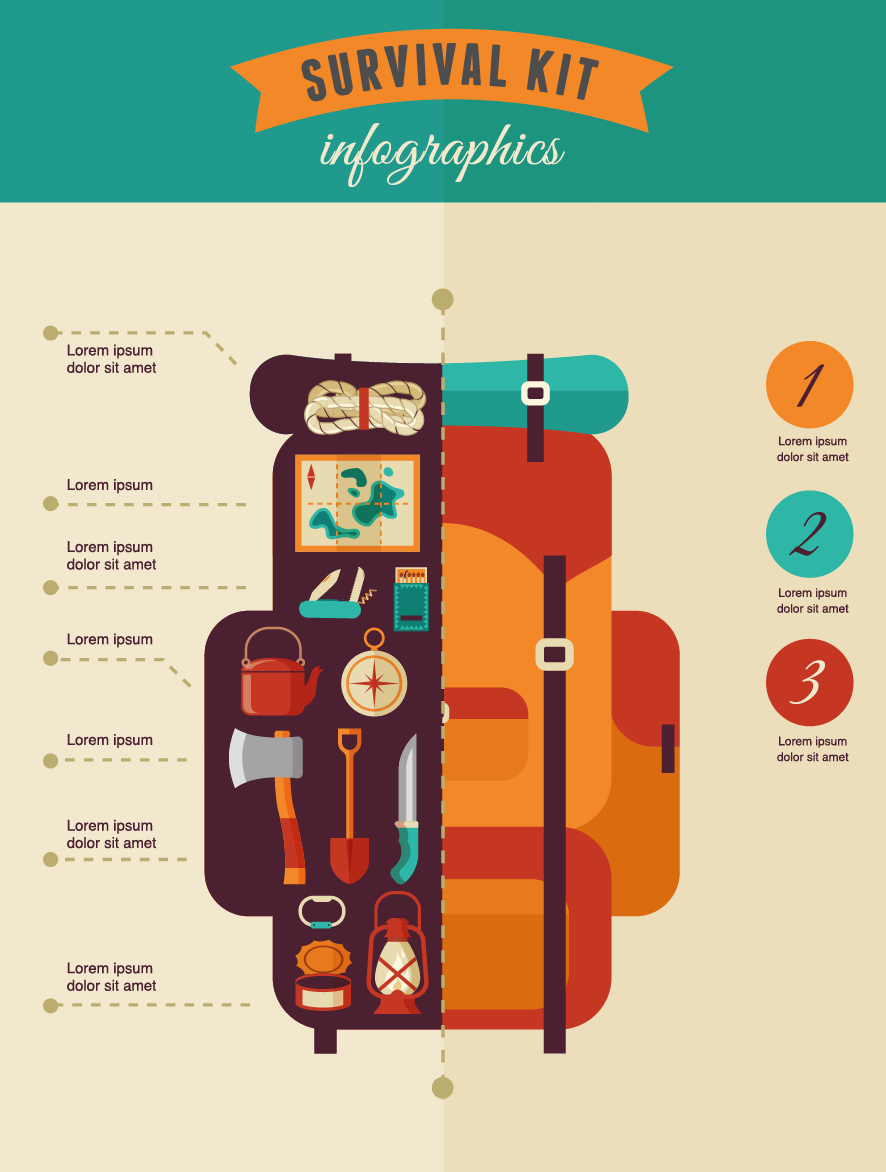Great Way To Start An Online Camping Tents Company Selling Camping Tents
Great Way To Start An Online Camping Tents Company Selling Camping Tents
Blog Article
How to Properly Set Up Your Outdoor Tents Prior To Outdoor camping
Establishing your camping tent can be an overwhelming task for even skilled campers. This guide will cover the fundamentals of pitching a camping tent correctly and safely so you can enjoy your camping trip without tension or worry.
Do you put a tarp under your tent?
Begin by laying out your tent's footprint and ground sheet to protect your tent floor from rocks, sticks, dust, and various other particles. Next off, construct the outdoor tents poles and secure them to the corners of the outdoor tents body making use of the ideal sleeve or hook.
Picking the Right Website
When you are tired after a long day hiking, you want to pitch your tent and get ready to rest. Yet you need to initially walk around the website to make certain it is secure for outdoor camping. Overlook and as much as discover whether any type of trees have large dead branches that could fall on your tent. These are occasionally called widowmakers and you do not desire them to drop on you while you're sleeping.
Also be sure to stay clear of reduced areas that might flood during a tornado and to camp far from animal trails, nests and environments where ticks and chiggers are more than likely to flourish. Try to find a flat, rock-free place that allows enough for your tent and any other equipment you'll be bringing.
Some individuals like to set their outdoors tents up so the head end is pointed toward the eastern to catch the sun's warming rays first thing in the early morning. This isn't constantly required, but it is a wonderful touch that can aid wake you up.
Pitching Tips
It might seem obvious, yet correct camping tent pitching is just one of the most important consider a good night's rest. Having a practice run in your home will aid you familiarize on your own with your camping tent, find all the post sleeves and bolts, and make certain whatever is in place. It's additionally a fun time to practice using guylines for stability and to discover any damaged pieces.
When you arrive at your outdoor camping website, analyze the surface to see if it's suitable for your tent. An excellent guideline is to pitch the tent on a level, degree area with a slight downhill angle. This will certainly enable rain to recede from the tent rather than merging in front of it.
If you can not discover a level area, consider putting a tarp or various other groundsheet under your camping tent impact to secure it from moisture. This can additionally assist maintain dirt out of the outdoor tents.
Using Guylines Properly
Utilizing guy lines successfully is necessary to making sure your camping tent or hammock stays safe in high winds and various other poor climate condition. A man line is a rope or cable that attaches to the ground via loops and D-rings in the framework, tarp, or rainfly.
Beginning by protecting one end of the line to a guyout loop on your camping tent or rainfall fly, or to the pole it's affixed to. Then loophole the other end of the line over a risk placed faraway from the structure and tighten it.
Maintaining your sanctuary's man lines tight will protect against drooping or drooping during gusty conditions, stopping moisture from permeating into the outdoor tents or damage to the framework and boosting comfort and security during camping. Constantly check the stress of your man lines throughout and after adverse weather to guarantee they remain safe house tents to live in and secure. Additionally, think about loading a man line tensioner to conveniently adjust and preserve the correct amount of stress in your lines.
Taking Down the Camping tent
When settling into your camping site, find an area with a level area and clear it of rocks and debris. Additionally, be sure to lay down a camping tent impact or tarp somewhat smaller sized than your outdoor tents body to prevent water pooling. This aids maintain your camping tent completely dry from rainfall or condensation and can be especially handy in windy areas.
Analyze your equipment, including the camping tent things sacks to see to it absolutely nothing is missing. Inspect that the posts match their clips and restock first-aid things if needed.
When it's time to pitch your camping tent, start by orienting the doors downwind, and stake down each edge of the tent. If the ground is loose or sandy, think about spreading out a tarpaulin under your tent to safeguard it from wind and minimize the probability of your camping tent toppling. Also, be sure to use guylines successfully to restrain your rainfly and maintain it tight. A well-pitched tent can avoid dripping, condensation, and sunlight damages.
How do you store a tent for winter?
